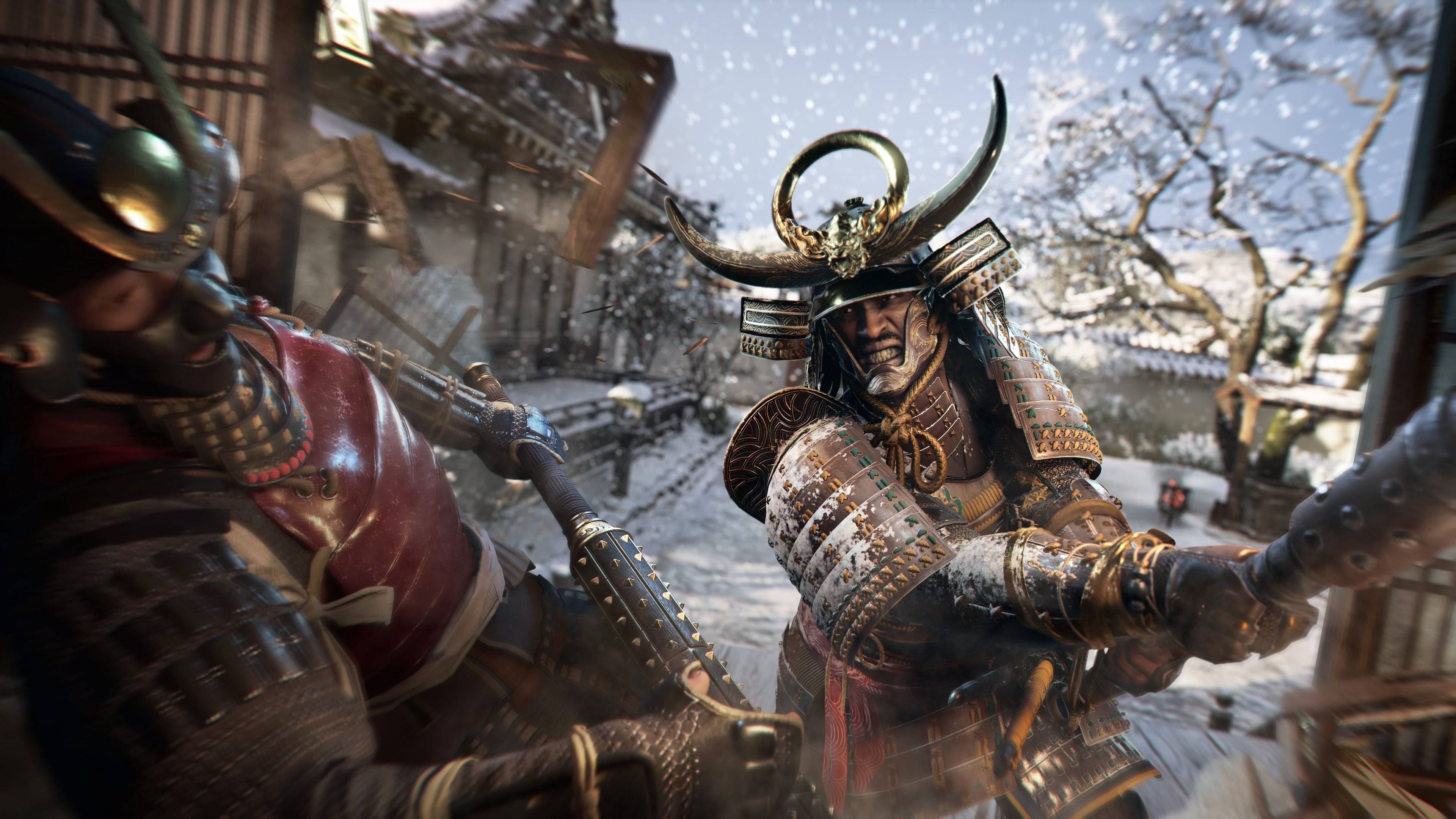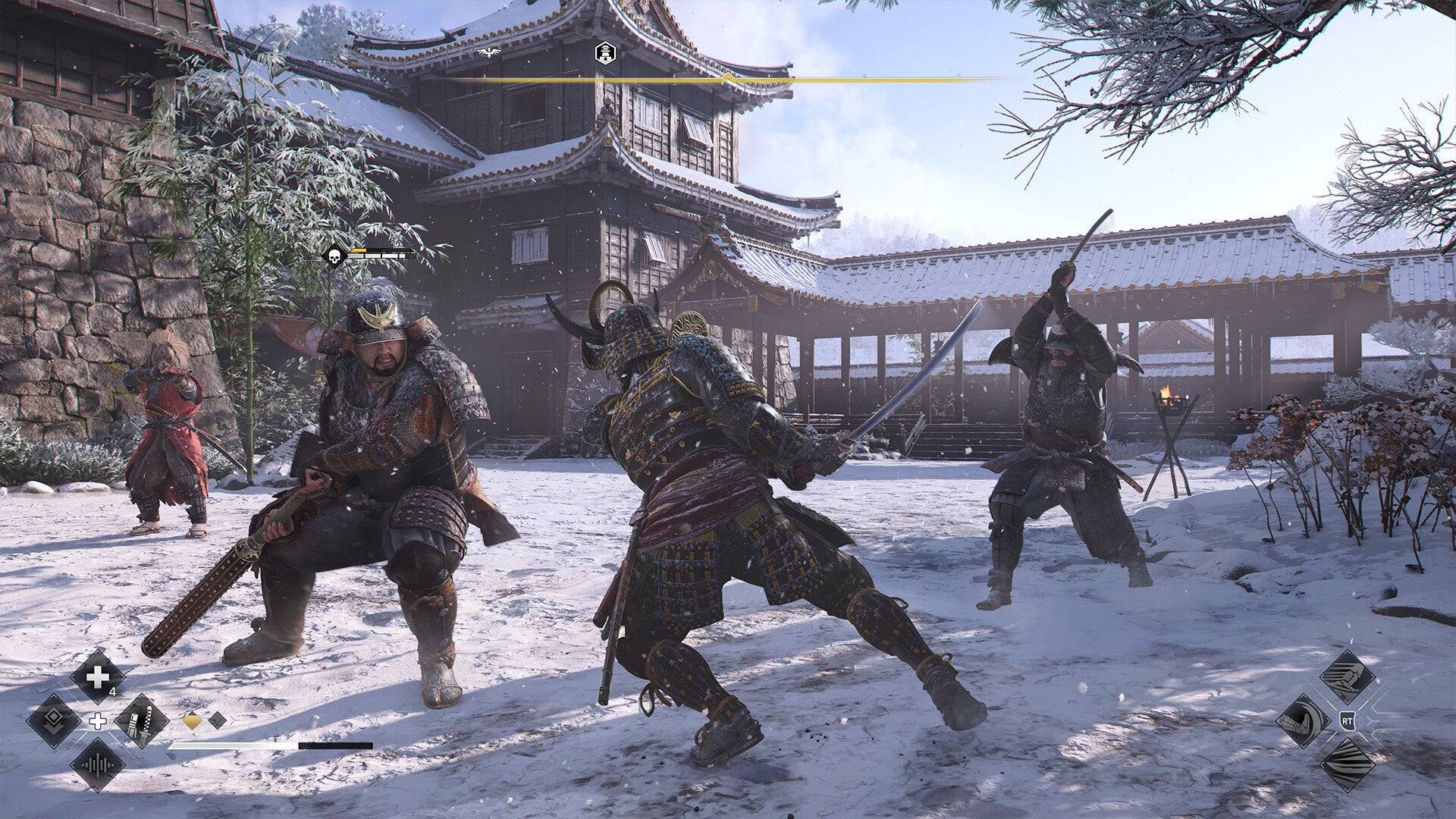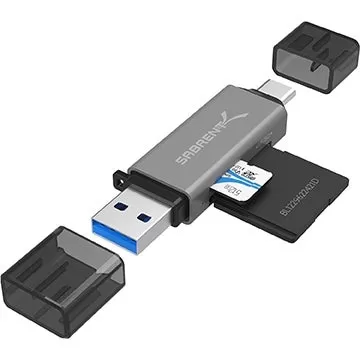Thanks to a renewed focus on the core principles that the series was originally built upon, Assassin’s Creed Shadows delivers the most satisfying experience the franchise has seen in years. The parkour system, reminiscent of the fluidity seen in Unity, allows you to seamlessly transition from the ground to castle rooftops. The addition of a grappling hook further enhances the thrill of reaching prime vantage points swiftly. Perched on a tightrope high above your foes, you're just a drop away from executing the perfect kill—provided you're controlling Naoe, one of the game's protagonists. Switch to Yasuke, the second protagonist, and you're in for a completely different gameplay experience.
Yasuke is slow and clumsy, unable to kill silently, and struggles with even the simplest climbs. He represents a stark contrast to the typical Assassin’s Creed protagonist, making him one of Ubisoft's most intriguing yet baffling design choices. Playing as Yasuke, you'll find yourself stepping away from the traditional Assassin’s Creed experience.

Initially, the vast difference between Yasuke's abilities and the fundamental philosophy of the series can be frustrating. Why create an Assassin’s Creed protagonist who can barely climb and can't perform silent takedowns? However, the more you play as him, the more you appreciate the unique perspective he brings. Yasuke's design addresses key issues that the series has faced in recent years.
After spending the early hours of the campaign controlling Naoe, a swift shinobi who embodies the assassin archetype better than any protagonist in the last decade, the transition to Yasuke is jarring. This towering samurai struggles to sneak through enemy camps and can barely climb anything higher than his own head. His inability to easily scale the jutting roofs of Japan's streets and his slow, precarious movement on rooftops introduce a sense of friction. Scaling environments can feel like a chore, often requiring the use of scaffolding and ladders.
While this doesn't strictly force Yasuke to stay at ground level, it certainly encourages it, limiting his access to high vantage points and thus his ability to map out threats and plan his approach. Unlike Naoe, who has Eagle Vision to highlight enemies, Yasuke has no such advantage. Choosing to wield his blade means sacrificing everything but raw strength.
Assassin's Creed has always been about stealthy kills and vertical exploration, concepts that Yasuke challenges directly. His gameplay feels more akin to Ghost of Tsushima than Assassin’s Creed, emphasizing fierce combat over stealth. Playing as Yasuke requires a complete rethink of how to approach the game. Historically, the series has allowed players to climb anywhere with ease, but Yasuke changes this. He forces you to carefully observe the environment for hidden pathways that lead to objectives, making exploration more deliberate and engaging.
These pathways are designed to take Yasuke where he needs to go, but they limit his freedom in general exploration. His lack of high ground access makes it difficult to observe enemy patrol patterns, and his only stealth ability, the "Brutal Assassination," is anything but inconspicuous. It's more of an opening move for combat, initiating fights with an instant kill. When combat does begin, Shadows shines with the best swordplay the series has seen in over a decade. Each strike is purposeful, and the variety of techniques—from brutal rush attacks to satisfying ripostes—creates a thrilling combat experience.

The separation of combat and stealth into two characters ensures a clearer distinction between the two styles. In previous games like Origins, Odyssey, and Valhalla, direct conflict often overshadowed stealth. In Shadows, Naoe's fragility means she can't sustain prolonged combat, forcing players to flee, reposition, and reset the stealth loop. Yasuke's strength, on the other hand, allows you to survive intense battles, making his combat prowess an attractive option once his skill tree unlocks.
While Yasuke's design is intentional, it's challenging to reconcile his role within the Assassin’s Creed universe. The series is built on stealth and vertical exploration, elements that Yasuke directly opposes. Although characters like Bayek and Eivor ventured into action territory, they still retained core Assassin’s Creed mechanics. Yasuke, thematically appropriate as a samurai, struggles with the series' foundational elements.
The real challenge for Yasuke is his counterpart, Naoe. Mechanically, she is the best Assassin’s Creed protagonist in years. Her stealth toolkit, enhanced by the vertical architecture of Sengoku Period Japan, fulfills the series' promise of being a highly mobile silent killer. Naoe benefits from the same design changes that shape Yasuke's gameplay, allowing her to climb faster and leap further, making the world feel like a true Assassin’s Creed sandbox. Her combat, while as impactful as Yasuke's, is less enduring, yet still ruthlessly effective.
Ubisoft's intent to offer two distinct playstyles with Yasuke and Naoe creates a double-edged sword. Yasuke's unique approach provides a compelling contrast to traditional Assassin’s Creed gameplay, but it also challenges the core tenets of the series. While I'll always return to Yasuke for the thrill of combat, it's through Naoe that I truly experience the essence of Assassin’s Creed Shadows.



 LATEST ARTICLES
LATEST ARTICLES 












